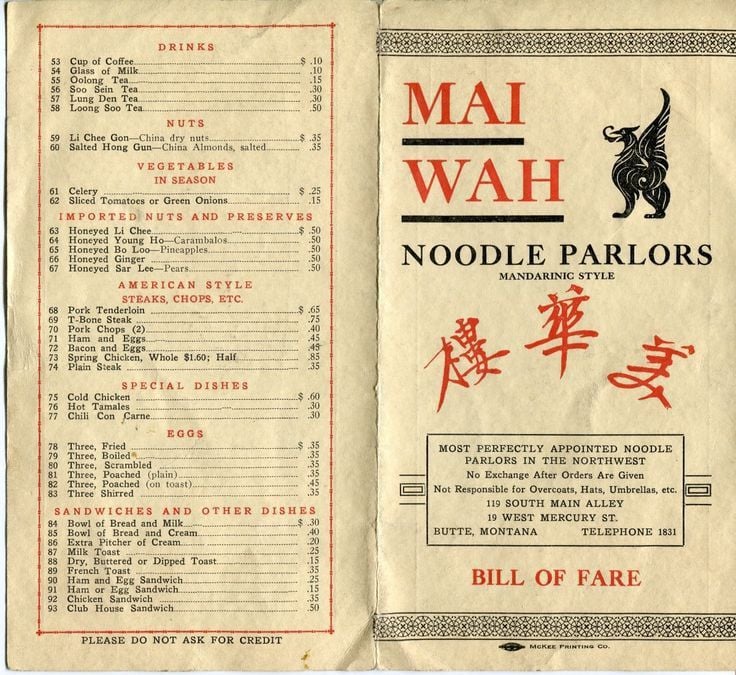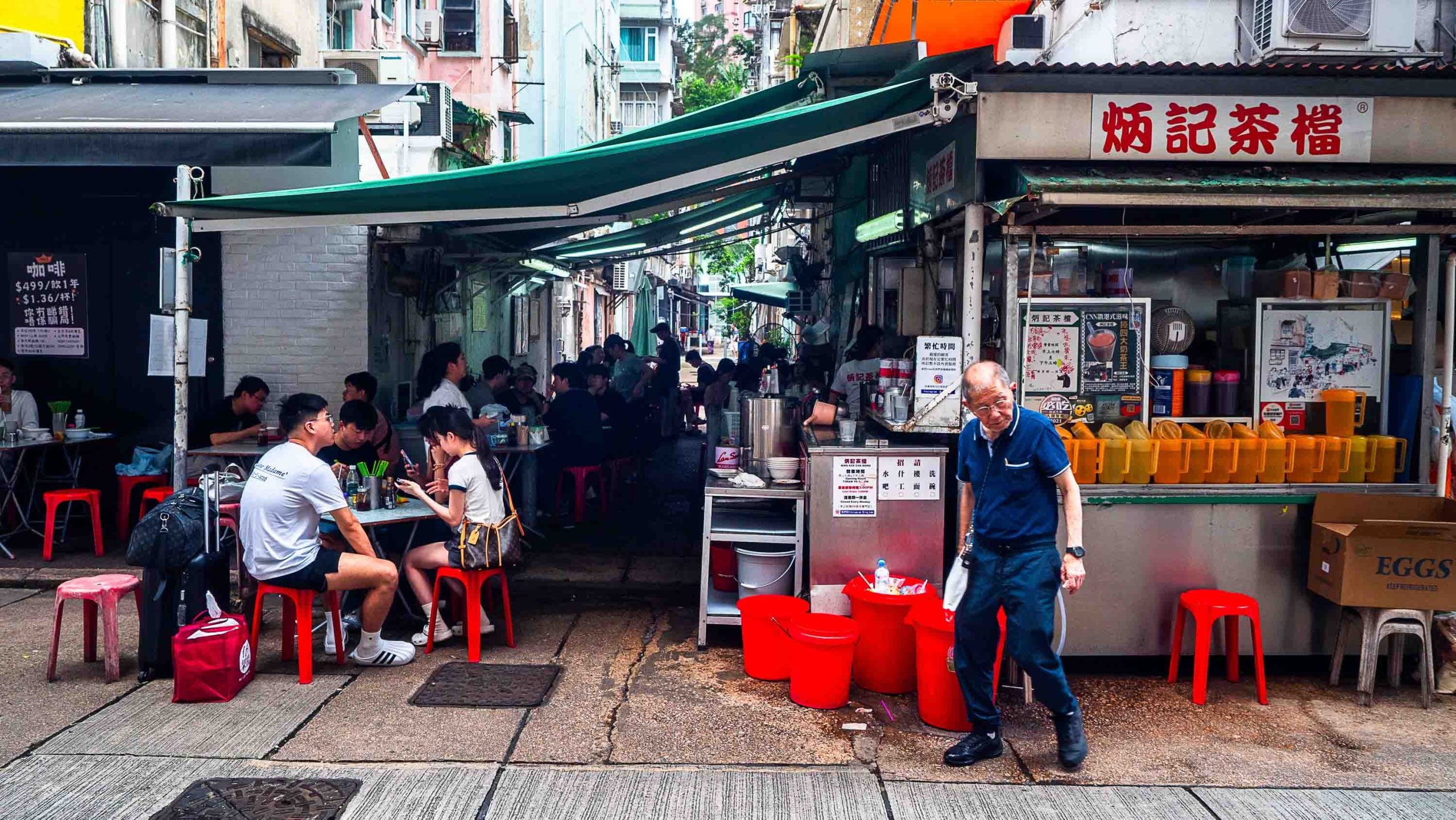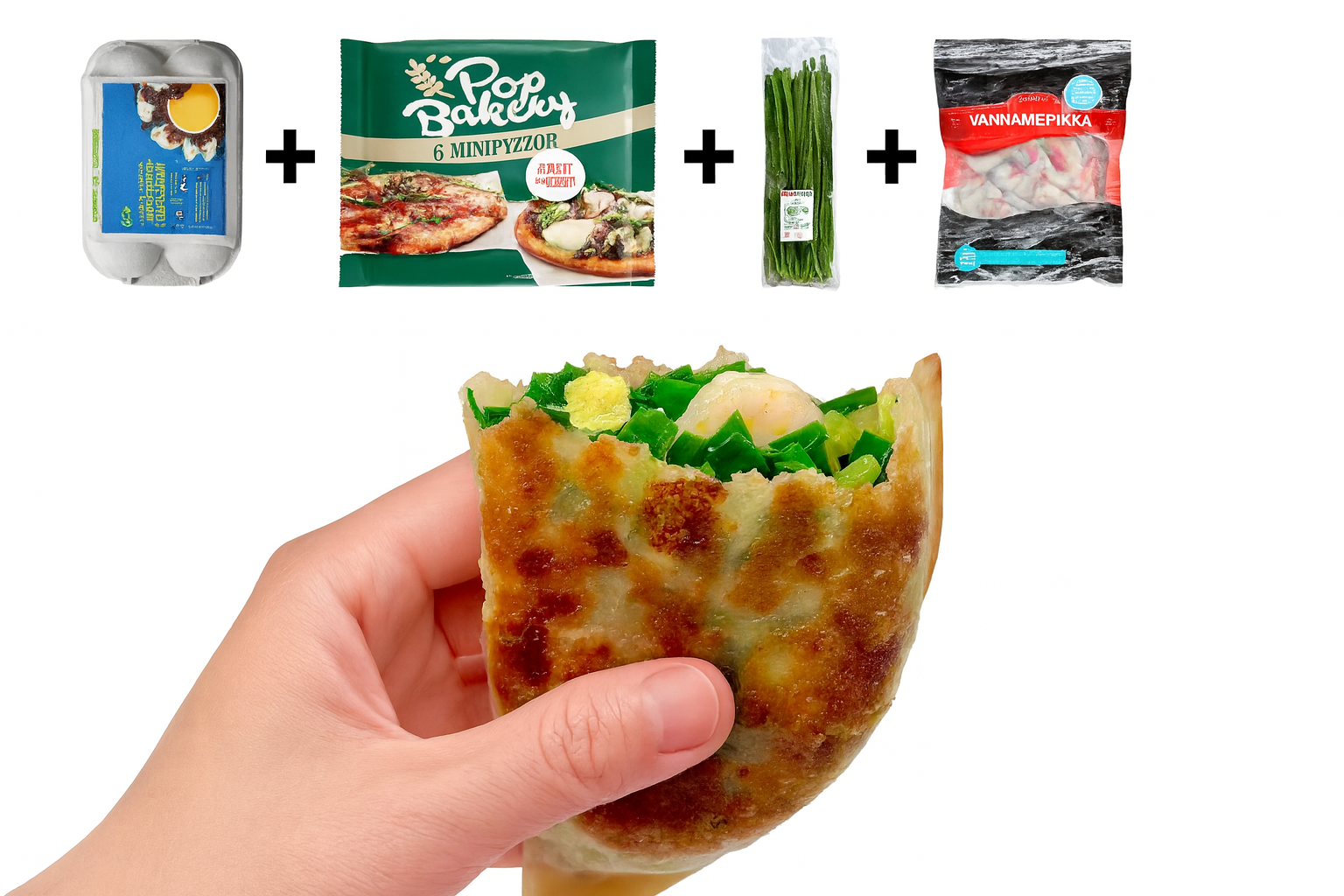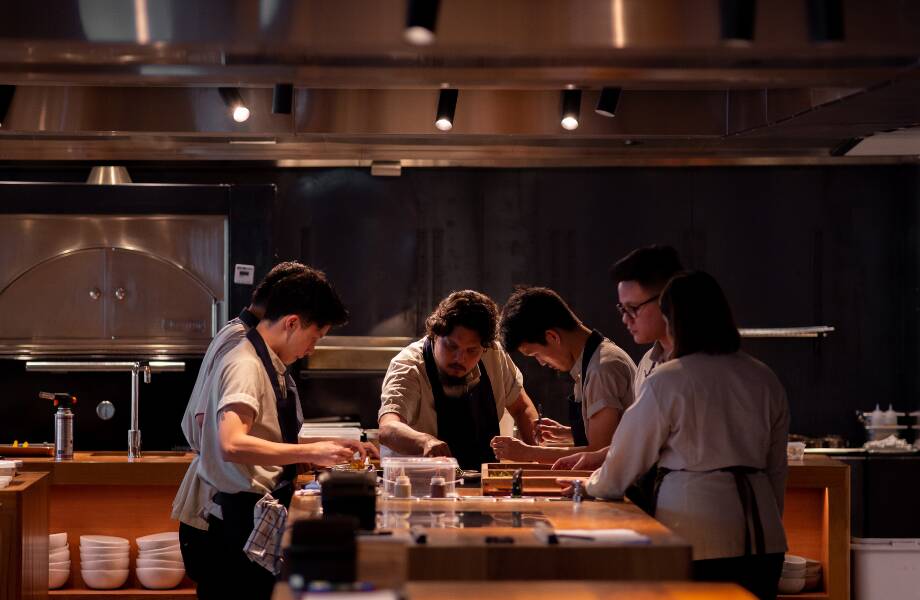For anyone that has enjoyed an authentic, well-prepared dish of tea-smoked duck or twice-cooked pork somewhere in the United States, we have America’s “mother of Chinese food” Cecilia Chiang to thank.
Chiang, who recently passed away at the age of 100, was one of the first to introduce authentic Chinese cuisine to the US through her legendary restaurant the Mandarin, which operated in San Francisco for 45 years.
Born in the Chinese city of Wuxi, the eventual restaurateur left China with her husband in 1949. Though she initially relocated to Japan, she got wrapped up in a business venture with friends in San Francisco and eventually opened the Mandarin on her own in 1961, a restaurant that specialized in northern Chinese dishes at a time when most of the country knew very little about Chinese regional cuisines.
Related:
 6 Documentaries for Chinese Food Lovers to Stream in Self-QuarantineMouthwatering movies and TV series to binge on in isolation (but not on an empty stomach)Article Mar 28, 2020
6 Documentaries for Chinese Food Lovers to Stream in Self-QuarantineMouthwatering movies and TV series to binge on in isolation (but not on an empty stomach)Article Mar 28, 2020
Chiang went on to have such famous culinary students as James Beard and Julia Child, and her restaurant elevated Chinese food to what many called “new levels of sophistication,” as well as introduced some of the first authentic flavors of China to the United States. Her life and legacy are the subject of the 2014 documentary Soul of a Banquet by Joy Luck Club director Wayne Wang.
Prior to Chiang’s opening of the Mandarin, Chinese food in the United States had mostly derived from Taishan, a region in southern China’s Guangdong province. Once the Chinese Exclusion Act of 1882 barred Chinese immigrants from entering the United States, it would be close to a century before influences from modern Hong Kong, and later from other Chinese provinces such as Sichuan, would change the culinary landscape in the country. By that time, Taishanese food localized by migrant workers had given rise to a number of American-Chinese dishes that most people mistook for authentic Chinese food.
Related:
 The Legend of American Chinese Food: 8 Dishes and Their Authentic CounterpartsGeneral Tso’s Chicken would be unrecognizable to someone in mainland China – so where do these dishes actually come from?Article Jun 25, 2020
The Legend of American Chinese Food: 8 Dishes and Their Authentic CounterpartsGeneral Tso’s Chicken would be unrecognizable to someone in mainland China – so where do these dishes actually come from?Article Jun 25, 2020
Though the Mandarin shut its doors for good in 2006, Chiang’s legacy and her role in introducing authentic Chinese food to the US is still felt everywhere.
With more than 400 Chinese restaurants within city limits and one of the biggest Chinatowns in the world, San Francisco still boasts some of the best Chinese food in the country. These restaurants have Chiang and the Mandarin to thank for paving the way for them.
Header image: Chiang in the documentary Soul of a Banquet (2014)
















